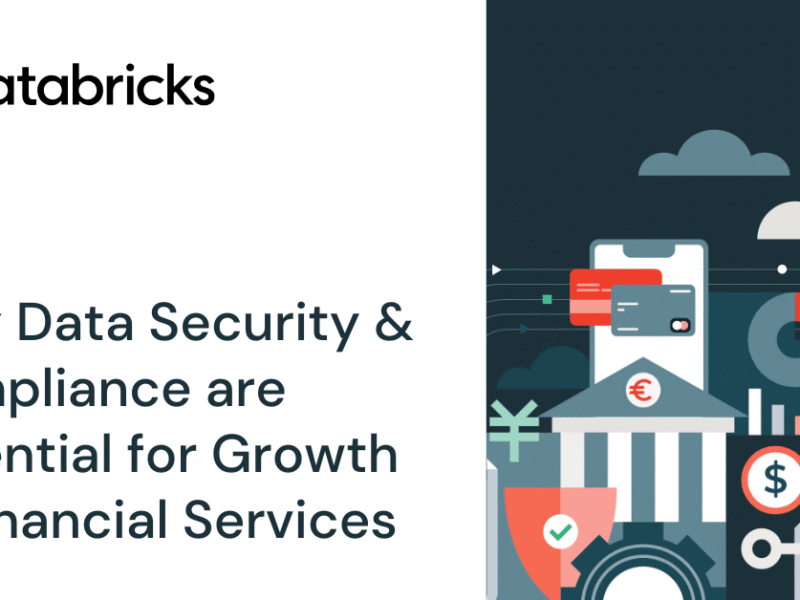
Image by Author | Ideogram
# Introduction
A few hours into your work day as a data engineer, and you’re already drowning in routine tasks. CSV files need validation, database schemas require updates, data quality checks are in progress, and your stakeholders are asking for the same reports they asked for yesterday (and the day before that). Sound familiar?
In this article, we’ll go over practical automation workflows that transform time-consuming manual data engineering tasks into set-it-and-forget-it systems. We’re not talking about complex enterprise solutions that take months to implement. These are simple and useful scripts you can start using right away.
Note: The code snippets in the article show how to use the classes in the scripts. The full implementations are available in the GitHub repository for you to use and modify as needed. 🔗 GitHub link to the code
# The Hidden Complexity of “Simple” Data Engineering Tasks
Before diving into solutions, let’s understand why seemingly simple data engineering tasks become time sinks.
// Data Validation Isn’t Just Checking Numbers
When you receive a new dataset, validation goes beyond confirming that numbers are numbers. You need to check for:
- Schema consistency across time periods
- Data drift that might break downstream processes
- Business rule violations that aren’t caught by technical validation
- Edge cases that only surface with real-world data
// Pipeline Monitoring Requires Constant Vigilance
Data pipelines fail in creative ways. A successful run doesn’t guarantee correct output, and failed runs don’t always trigger obvious alerts. Manual monitoring means:
- Checking logs across multiple systems
- Correlating failures with external factors
- Understanding the downstream impact of each failure
- Coordinating recovery across dependent processes
// Report Generation Involves More Than Queries
Automated reporting sounds simple until you factor in:
- Dynamic date ranges and parameters
- Conditional formatting based on data values
- Distribution to different stakeholders with different access levels
- Handling of missing data and edge cases
- Version control for report templates
The complexity multiplies when these tasks need to happen reliably, at scale, across different environments.
# Workflow 1: Automated Data Quality Monitoring
You’re probably spending the first hour of each day manually checking if yesterday’s data loads completed successfully. You’re running the same queries, checking the same metrics, and documenting the same issues in spreadsheets that no one else reads.
// The Solution
You can write a workflow in Python that transforms this daily chore into a background process, and use it like so:
from data_quality_monitoring import DataQualityMonitor
# Define quality rules
rules = [
{"table": "users", "rule_type": "volume", "min_rows": 1000},
{"table": "events", "rule_type": "freshness", "column": "created_at", "max_hours": 2}
]
monitor = DataQualityMonitor('database.db', rules)
results = monitor.run_daily_checks() # Runs all validations + generates report
// How the Script Works
This code creates a smart monitoring system that works like a quality inspector for your data tables. When you initialize the DataQualityMonitor class, it loads up a configuration file that contains all your quality rules. Think of it as a checklist of what makes data “good” in your system.
The run_daily_checks method is the main engine that goes through each table in your database and runs validation tests on them. If any table fails the quality tests, the system automatically sends alerts to the right people so they can fix issues before they cause bigger problems.
The validate_table method handles the actual checking. It looks at data volume to make sure you’re not missing records, checks data freshness to ensure your information is current, verifies completeness to catch missing values, and validates consistency to ensure relationships between tables still make sense.
▶️ Get the Data Quality Monitoring Script
# Workflow 2: Dynamic Pipeline Orchestration
Traditional pipeline management means constantly monitoring execution, manually triggering reruns when things fail, and trying to remember which dependencies need to be checked and updated before starting the next job. It’s reactive, error-prone, and doesn’t scale.
// The Solution
A smart orchestration script that adapts to changing conditions and can be used like so:
from pipeline_orchestrator import SmartOrchestrator
orchestrator = SmartOrchestrator()
# Register pipelines with dependencies
orchestrator.register_pipeline("extract", extract_data_func)
orchestrator.register_pipeline("transform", transform_func, dependencies=["extract"])
orchestrator.register_pipeline("load", load_func, dependencies=["transform"])
orchestrator.start()
orchestrator.schedule_pipeline("extract") # Triggers entire chain
// How the Script Works
The SmartOrchestrator class starts by building a map of all your pipeline dependencies so it knows which jobs need to finish before others can start.
When you want to run a pipeline, the schedule_pipeline method first checks if all the prerequisite conditions are met (like making sure the data it needs is available and fresh). If everything looks good, it creates an optimized execution plan that considers current system load and data volume to decide the best way to run the job.
The handle_failure method analyzes what type of failure occurred and responds accordingly, whether that means a simple retry, investigating data quality issues, or alerting a human when the problem needs manual attention.
▶️ Get the Pipeline Orchestrator Script
# Workflow 3: Automatic Report Generation
If you work in data, you’ve likely become a human report generator. Every day brings requests for “just a quick report” that takes an hour to build and will be requested again next week with slightly different parameters. Your actual engineering work gets pushed aside for ad-hoc analysis requests.
// The Solution
An auto-report generator that generates reports based on natural language requests:
from report_generator import AutoReportGenerator
generator = AutoReportGenerator('data.db')
# Natural language queries
reports = [
generator.handle_request("Show me sales by region for last week"),
generator.handle_request("User engagement metrics yesterday"),
generator.handle_request("Compare revenue month over month")
]
// How the Script Works
This system works like having a data analyst assistant that never sleeps and understands plain English requests. When someone asks for a report, the AutoReportGenerator first uses natural language processing (NLP) to figure out exactly what they want — whether they’re asking for sales data, user metrics, or performance comparisons. The system then searches through a library of report templates to find one that matches the request, or creates a new template if needed.
Once it understands the request, it builds an optimized database query that will get the right data efficiently, runs that query, and formats the results into a professional-looking report. The handle_request method ties everything together and can process requests like “show me sales by region for last quarter” or “alert me when daily active users drop by more than 10%” without any manual intervention.
▶️ Get the Automatic Report Generator Script
# Getting Started Without Overwhelming Yourself
// Step 1: Pick Your Biggest Pain Point
Don’t try to automate everything at once. Identify the single most time-consuming manual task in your workflow. Typically, this is either:
- Daily data quality checks
- Manual report generation
- Pipeline failure investigation
Start with basic automation for this one task. Even a simple script that handles 70% of cases will save significant time.
// Step 2: Build Monitoring and Alerting
Once your first automation is running, add intelligent monitoring:
- Success/failure notifications
- Performance metrics tracking
- Exception handling with human escalation
// Step 3: Expand Coverage
If your first automated workflow is effective, identify the next biggest time sink and apply similar principles.
// Step 4: Connect the Dots
Start connecting your automated workflows. The data quality system should inform the pipeline orchestrator. The orchestrator should trigger report generation. Each system becomes more valuable when integrated.
# Common Pitfalls and How to Avoid Them
// Over-Engineering the First Version
The trap: Building a comprehensive system that handles every edge case before deploying anything.
The fix: Start with the 80% case. Deploy something that works for most scenarios, then iterate.
// Ignoring Error Handling
The trap: Assuming automated workflows will always work perfectly.
The fix: Build monitoring and alerting from day one. Plan for failures, don’t hope they won’t happen.
// Automating Without Understanding
The trap: Automating a broken manual process instead of fixing it first.
The fix: Document and optimize your manual process before automating it.
# Conclusion
The examples in this article represent real time savings and quality improvements using only the Python standard library.
Start small. Pick one workflow that consumes 30+ minutes of your day and automate it this week. Measure the impact. Learn from what works and what doesn’t. Then expand your automation to the next biggest time sink.
The best data engineers aren’t just good at processing data. They’re good at building systems that process data without their constant intervention. That’s the difference between working in data engineering and truly engineering data systems.
What will you automate first? Let us know in the comments!
Bala Priya C is a developer and technical writer from India. She likes working at the intersection of math, programming, data science, and content creation. Her areas of interest and expertise include DevOps, data science, and natural language processing. She enjoys reading, writing, coding, and coffee! Currently, she’s working on learning and sharing her knowledge with the developer community by authoring tutorials, how-to guides, opinion pieces, and more. Bala also creates engaging resource overviews and coding tutorials.

